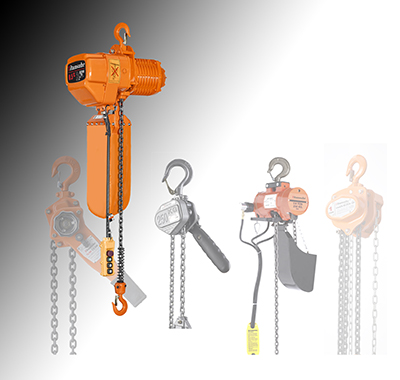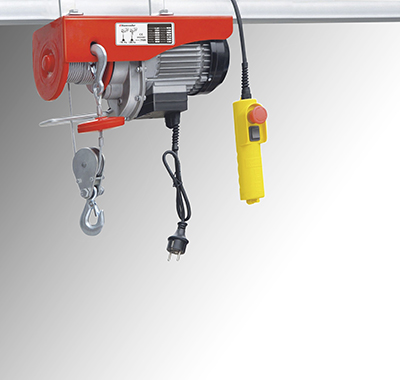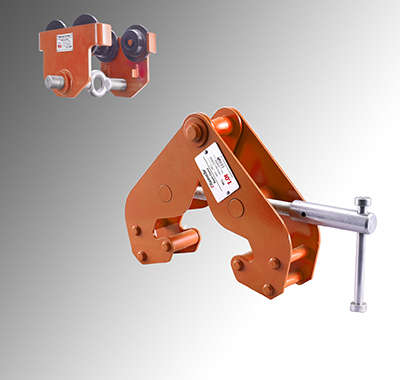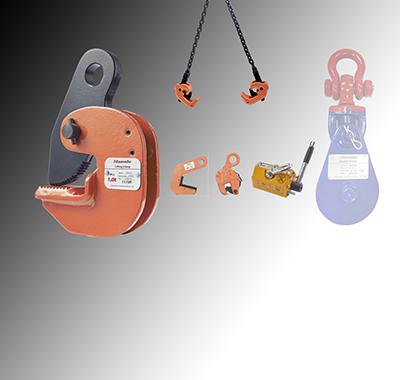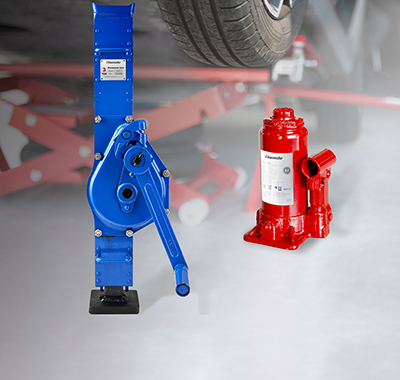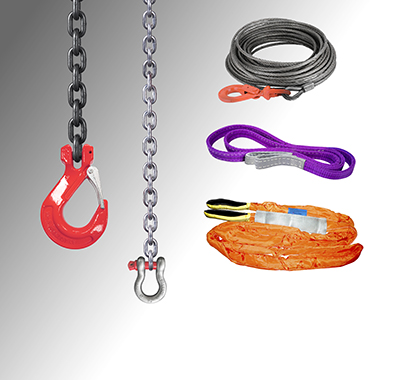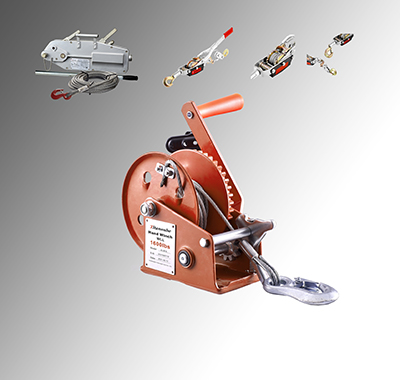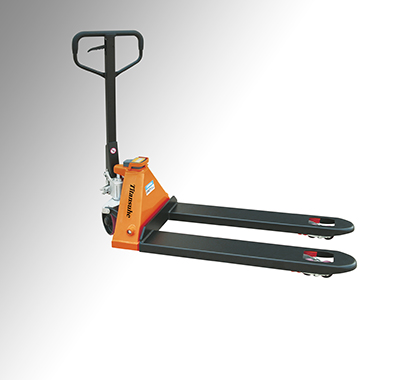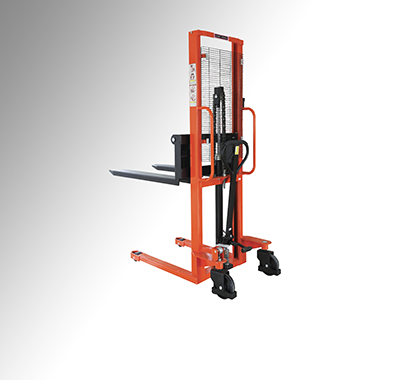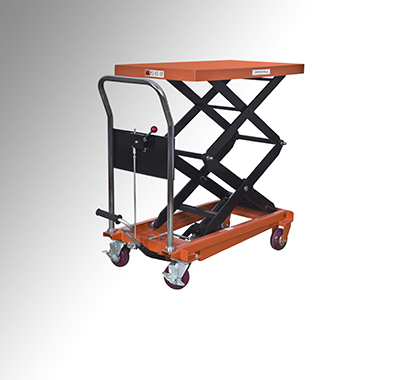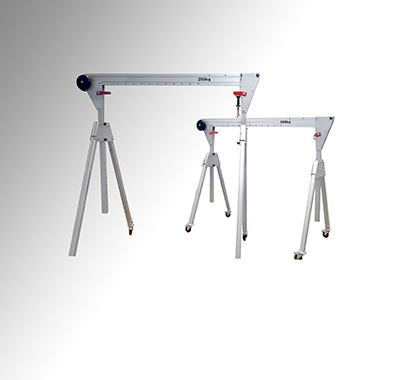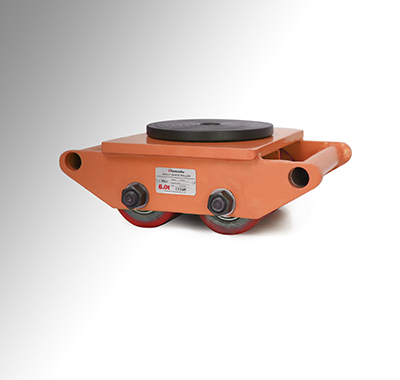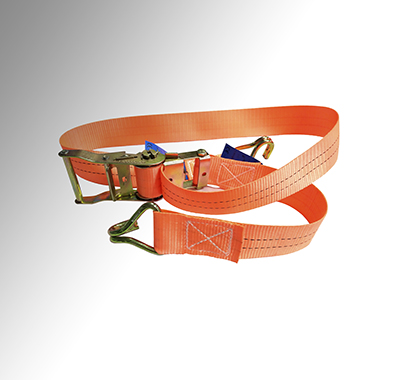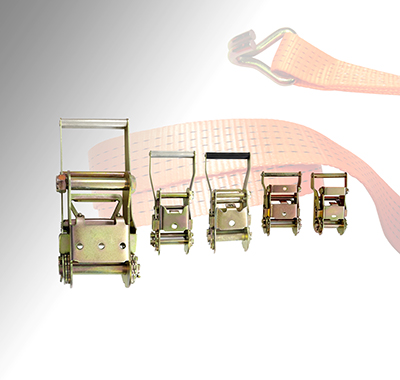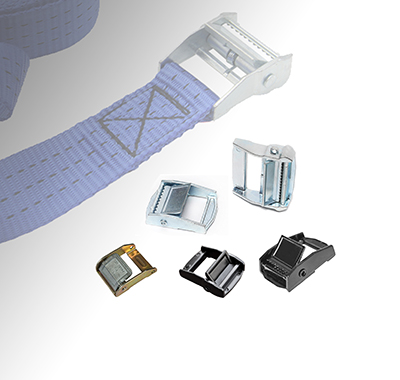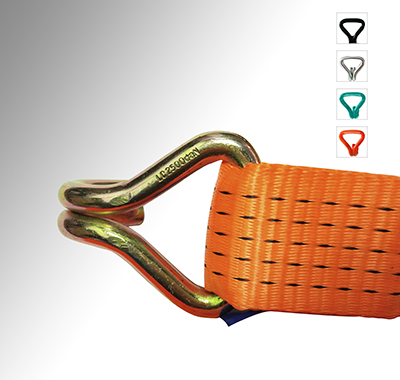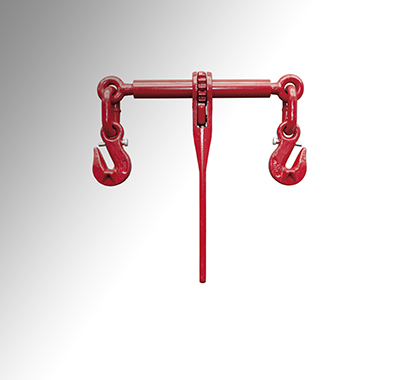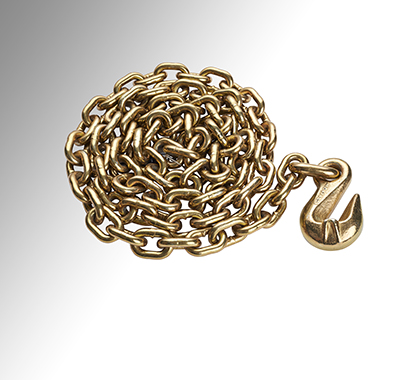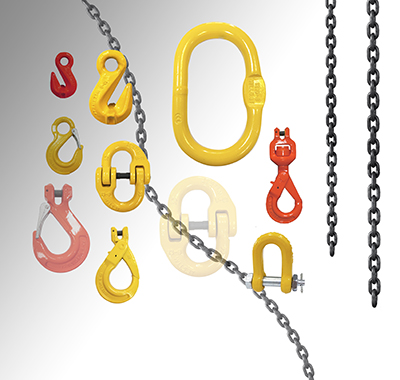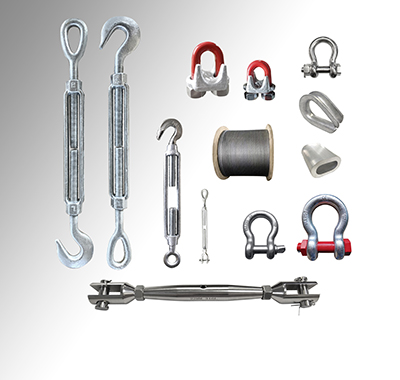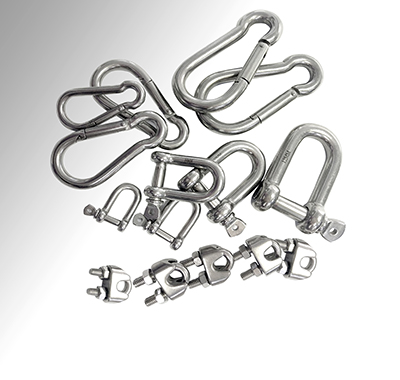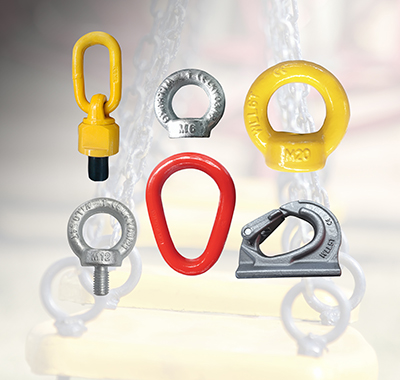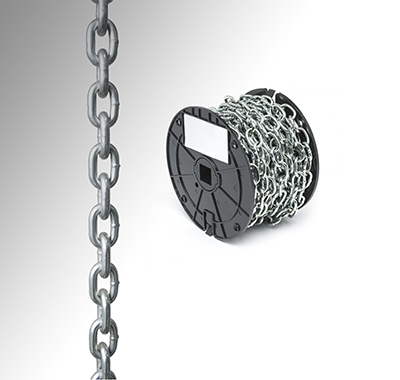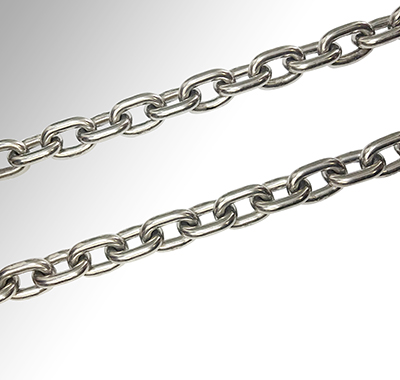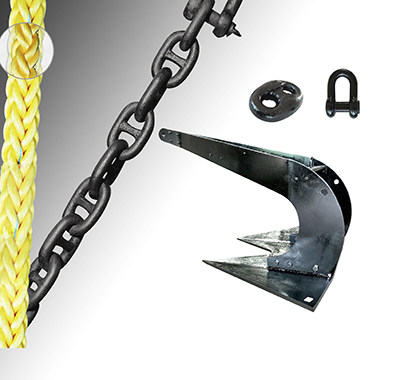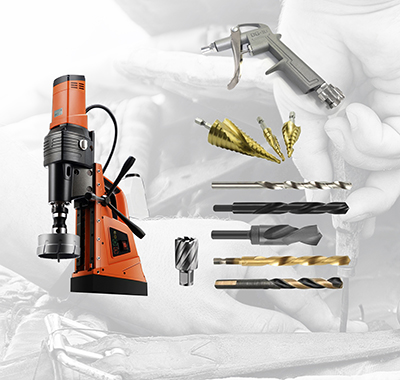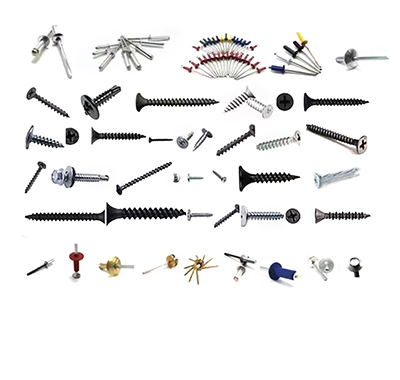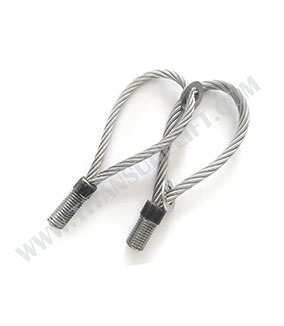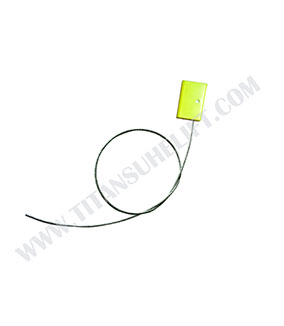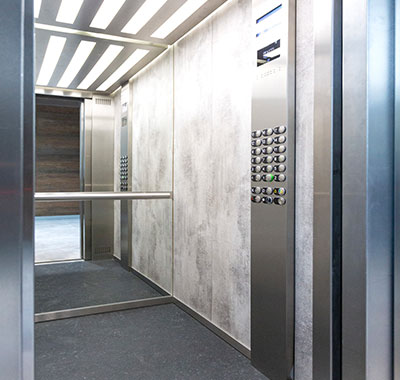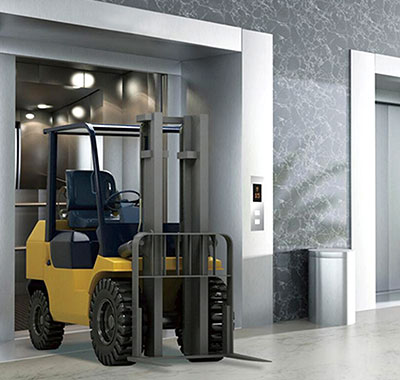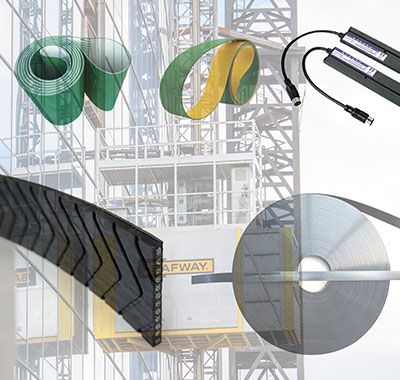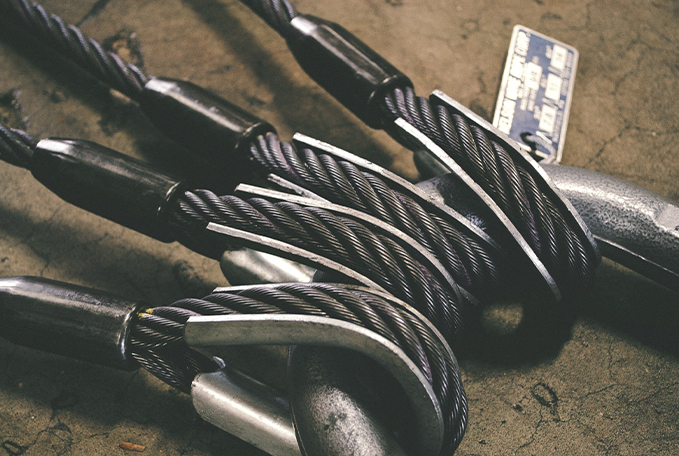To prevent hazards associated with the use of power tools, OSHA recommends that workers should observe the following general precautions:
1. Never carry a tool by the cord or hose.
2. Never yank the cord or the hose to disconnect it from the receptacle.
3. Keep cords and hoses away from heat, oil, and sharp edges.
4. Disconnect tools when not using them, before servicing and cleaning them, and when changing accessories such as blades, bits, and cutters.
5. Keep all people not involved with the work at a safe distance from the work area.
6. Secure work with clamps or a vise, freeing both hands to operate the tool.
7. Avoid accidental starting. Do not hold fingers on the switch button while carrying a plugged-in tool.
8. Maintain tools with care; keep them sharp and clean for best performance.
9. Follow instructions in the user's manual for lubricating and changing accessories.
10. Be sure to keep good footing and maintain good balance when operating power tools.
11. Wear proper apparel for the task. Loose clothing, ties, or jewelry can become caught in moving parts.
12. Remove all damaged portable electric tools from use and tag them: "Do Not Use."

